My favorite way to learn about other cultures is through food. It can be intimidating to cook a new ethnic cuisine for the first time, so consider this list a menu of sorts to decide if there is anything you want to make at home.
What wonderful multicultural picture books about food did I leave out? I’d love your favorites! Please share! Thanks!
17 Wonderful Multicultural Picture Books About Food
Too Many Tamales by Gary Soto and Ed Martinez
One of my best friends growing up in Southern California is half Mexican and I would go to her house after opening presents at my house to eat tamales that her family purchased. Soon, my whole family would join me. My friend’s parents didn’t mind. I always heard that tamales are a bit tricky to make and I have always purchased them and steamed them at home.
In Too Many Tamales, Maria and her family make tamales for Christmas but she tries on her mama’s ring even though she’s not supposed to and loses mama’s diamond ring in the masa dough. Before mama finds out, she must get the other kids to help her eat the 24 tamales to locate the ring. It’s a lot of food but no ring appears. Did someone accidentally eat it? When Maria goes to confess to her mother, she makes a happy discovery … and now they need to make more tamales! [picture book, ages 4 and up]
A batch of Mexican tamales in the tamalera. Image from Wikipedia
Abuelita and I Make Flan by Adriana Hernandez Bergstrom
Today is Abuelo’s birthday and Anita and her Abuelita want to make a special flan to celebrate. It gets flipped onto a special crystal plate but when Anita went to get the plate, she slipped and accidentally broke the plate. She’s nervous to tell her Abuelita and compensates by being extra helpful. When it’s time to flip the flan, Anita confesses but Abuelita surprises her with her reaction. The flan plate that Anita broke was actually the replacement for the original one. In the end, it’s not the plate that matters but the people who make the flan with love in their hearts. And, the flan is delicious on a new special plate! [picture book, ages 5 and up]
The First Strawberries by Joseph Bruchac and Anna Vojtech
To this day, when the Cherokee people eat strawberries, they are reminded to always be kind to each other; to remember that friendship and respect are as sweet as the taste of ripe, red berries.
When the first man and woman lived on the earth, they had that age-old argument about what was for dinner. She was busy all day picking flowers and did not have the meal ready and her husband spoke coldly to her. Enraged, she left him. The man was sorry for his harsh words and wanted to find her to apologize but she was too quick. The Sun took pity on the man and tried to slow the woman down, setting raspberries, blueberries, and blackberries before her, but she was too angry and didn’t notice them. Finally, the Sun tried strawberries. The woman stopped to eat the sweet berries and even collected them for her husband who finally caught up to her. And this is how, according to Cherokee legend, how strawberries came into the world. [picture book, ages 4 and up]
Rice and Rocks by Sandra L. Richards, illustrated by Megan Kayleigh Sullivan
Giovanni is embarrassed that Sunday dinner is his grandma’s Jamaican stewed chicken with rice and beans. Is it too ethnic for his friends? A magical ride on his parrot allows him to discover that Aaron eats Japanese sekihan, red rice boiled with adzuki beans; Emily eats Puerto Rican arroz con gandules, rice with pigeon peas; and Gabby enjoys New Orleans red beans and rice. Sunday dinner of rice and rocks is a hit with everyone after all. [picture book, ages 4 and up]
Bread Bread Bread by Ann Morris, photographs by Ken Keyman
Celebrate the universality of bread in its many forms around the world. There are flatbreads and risen bread, round bread and oblong loaves, pizza, and pretzels, sold around the world! But breaking bread and eating together is the best part of all. Be sure to check out the index which lists the locations of each photograph and what is being eaten. [picture book, ages 2 and up]
Everybody Cooks Rice by Norah Dooley, illustrated by Peter J. Thornton
Carrie looks for her little brother Anthony at all the houses in the neighborhood. He tends to wander their neighborhood tasting everyone’s dinner. He’s not at Mr. and Mrs. D’s house but she gets to try their black-eyed peas and rice from Barbados. The Diaz house is making rice and pigeon peas from Puerto Rico. The Tran family from Vietnam is making fried rice with peas. Carrie’s friend Rajit has a tiffin filled with biryani. The Huas family from China has a wok filled with tofu and vegetables. Madame Bleu has a spice creole-style Haitian dinner made with hot peppers, chives, red beans, and rice. Back home, Carrie’s family is having Italian Risi e Bisi — rice with green peas. All the recipes for these dishes that Carrie sampled are in the back of the book too! Everyone has rice for dinner on Carrie’s street, but with such great variety from around the world. This is such a charming book! [picture book, ages 4 and up]
Risi e bisi image from Wikipedia
Bee-Bim Bop by Linda Sue Park
My husband who is Korean-American says that Bee-Bim Bop is leftovers all scrambled together with rice but unless you are eating a lot of Korean food at home, you probably don’t have the leftover ban chans (small dishes) necessary to mix up. We shop for the ingredients to cook to make Bee-Bim Bop just like the little girl and her mother in the book. And just like this family, my family is happy when I make it for dinner! There’s a recipe for Bee-Bim Bop in the back of the book but keep in mind, this is a meal that you modify at will! [picture book, ages 2 and up]
Bibimbap or Bee-Bim Bop image by T. Rodgers from Vegan Liftz.
The Ugly Vegetables by Grace Lin
The Asian vegetables in a little girl’s garden are different from all the other gardens on the street. Her mother says that their garden is better than flowers but the little girl isn’t so sure. Their garden needs more water, has sprouts that look like grass instead of leaves, and doesn’t smell sweet. The bees and butterflies are attracted to the neighbors’ gardens and the little girl thinks that her garden is full of ugly Chinese vegetables. But when it comes time to harvest her garden, her mother turns the vegetables into a delicious soup that attracts the neighbors to their house. There’s enough for everyone and next year when it’s time to plant the garden, everyone on her street plants some ugly vegetables with their flowers. The recipe for ugly vegetable soup is in the back! [picture book, ages 4 and up]
Want to learn how to say the names of Chinese vegetables? Grace Lin teaches you how here!
Asian Vegetable chart from Hip Domestic
Hiromi’s Hands by Lynne Barasch
Hiromi Suzuki was one of the first female sushi chefs in New York in a profession that was always male-dominated because the common belief was that a woman’s soft warm hands would ruin the fish. At age 8, she convinced her father to take her to the Fulton fish market and from there, she worked her way up from scrubbing the kitchen floor, to making rice, to finally cutting fish. Eventually, she mastered every kind of sushi! [picture book, ages 4 and up]
Image of Hiromi Suzuki from Luxury Experience
The Have a Good Day Café by Frances Park and Ginger Park, illustrated by Katherine Potter
Mike and his family run a food cart stand selling pretzels, hot dogs, and pizza but when other carts share their corner, business dwindles. His parents worry that if their business fails, they will have to return to Korea. Mike’s Grandma has an idea. The next day, they cook up something different to sell: chop chae noodles, mandoo dumplings, bibim bap mixed rice, and jijim pancakes. Mike makes a new sign, “Have a Good Day Cafe” and a long line forms around the cart. The aroma is just too delicious to resist! Mike and his grandma make plans for the next day … kalbi bbq ribs, and naeng myun, cold noodles. Now that everyone in the family is involved, their food cart will succeed. [picture book, ages 4 and up]
Japchae or Chop Chae Noodles. Image from Wikipedia
Food Trucks by Mark Todd
In rollicking rhyme, visit the food trucks as they rumble around the city: Mornin’ Joe, breakfast truck; Better Burger Builder Bus, hamburger truck; Bubba Q, barbeque truck; The Pharoah’s Tummy, falafel truck; Mr. Cobb, salad truck; Charley Chowda, chowder truck; Cheddar Chuck, grilled cheese truck; Sprinkles, cupcake truck; Toro, sushi truck; Curry in a Hurry, Indian food truck; Amigo, taco truck; Dutch, pretzel truck; The Waffle Wagon, waffle truck; and the most famous of all, Ice Cream, ice cream truck! You can eat around the world from food trucks! [picture book, ages 4 and up]
Duck for Turkey Day by Jacqueline Jules and Kathryn Mitter
Tuyet is appalled that her family is not having turkey, on that most American of holidays, Thanksgiving. Instead, her family prefers duck, with a special recipe from their homeland, Vietnam. At dinner, Tuyet sets the table with a pinecone turkey centerpiece that she made in school. At least there’s a turkey at the table! The duck is delicious and when Tuyet shares what she had for Thanksgiving, she’s surprised that Phong had noodles and chicken, Tarek had lamb, Jonathan had roast beef, Carolina had enchiladas, and Amy had tofu turkey. Tuyet has a new name for Thanksgiving: Duck Day! [picture book, ages 4 and up]
image from Vietnamese Food, recipe below.
Here’s a recipe for Vietnamese Roast Duck.
Auntie Yang’s Great Soybean Picnic by Ginnie Lo and Beth Lo
There are very few Chinese families in the Midwest during the 1940’s so Jinyi and her family traveled four hours by car to visit relatives in Chicago from Indiana. There, they get to eat Mama’s favorite Chinese foods … boiled soybeans, Eight Treasure Rice, and pork-and-spinach dumplings. One day, Auntie Yang spots a field of leafy green plants. Could it be mao dou, soybeans?! It is! The farmer is growing soybeans as feed for cows and pigs but he’s happy to sell it to Jinyi’s family. They buy a huge bundle, boil them up, and set up tables to eat outside. Thus the family’s first soybean picnic was born. Over the years, word spread, and the soybean picnic grew. Soon thirty Chinese families would drive up to Auntie’s house. Eventually, more than two hundred people gathered until it outgrew Auntie and Uncle Yang’s backyard!
This is a true story! The authors really do have an Auntie Yang who discovered a soybean field near her house. Her soybean picnic grew into a huge annual event, connecting other Chinese immigrant families during WWII. [picture book, ages 5 and up]
Boiled soybeans are ready to eat. Image from Wikipedia
(You may know soybean pods by their Japanese name edamame.)
Hot Hot Roti for Dada-ji by F. Zia
Roti, a flatbread from India also known as Chapati, is the secret to Aneel’s grandfather, Dada-ji’s, the strength of a tiger. Aneel decides to test this out by learning to make roti because everyone in his family was too busy to make it. There is a recipe at the end of the book if you want to make it too. [picture book, ages 4 and up]
Roti, image from Wikipedia
Cora Cooks Pancit by Dorina K. Lazo Gilmore and Kristi Valiant
There aren’t many picture books about Filipino culture and this one celebrates food including lumpia (fried spring rolls), adobo (chicken and/or pork stew), and pancit (fried noodles mixed with vegetables). I grew up eating Filipino food because my best friend in Junior High was Filipino and I devoured it all. It’s delicious. I learned to make adobo but pancit was always a little tricky for me to get the seasoning just right. Cora Cooks Pancit demystifies this dish and there’s a recipe at the end of the book too! [picture book, ages 4 and up]
Pancit from Wikipedia. Here clear cellophane noodles are used but you can use white Chinese noodles as well.
Ganesha’s Sweet Tooth by Sanjay Patel and Emily Haynes
The Hindu elephant god Ganesha loves sweets and candy, especially the traditional Indian dessert laddoo. He and his friend mouse search out more sweets and discover a laddoo that is actually a jawbreaker. Ganesha breaks his tusk trying to bite it! However, will he get his tusk back on? When he throws it in frustration, it hits Vyasa, the poet, who suggests the tusk will make a great writing instrument. Ganesha agrees to write Vyasa’s poem, The Mahabharata, as he recites it, all one hundred thousand epic verses. And mouse has eaten the laddoos during this time, but luckily, there are a few left for Ganesha! [picture book, ages 4 and up]
Laddu or Laddoo are ball-shaped sweets popular in the Indian Subcontinent. Laddus are made of flour, minced dough and sugar with other ingredients that vary by recipe.
Laddoo sweets from India. Image from Wikipedia
Rainbow Stew by Catherine Falwell
Three grandkids who just happen to be African-American are coaxed by their grandfather to venture out into the rain to collect vegetables from his garden. They turn these into a delicious rainbow stew and the recipe is included in the back! [picture book, ages 4 and up]
Latkes, Latkes Good to Eat: A Chanukah Story by Naomi Howland
Sadie and her family are always hungry until the day she helps an old woman and receives a special frying pan in return. This pan when spoken with special words, magically cooks up latkes. Sadie is the only one who is supposed to use the frying pan, but although her brothers promise not to use it, they can resist. Soon latkes are flowing out of the pan. The trouble is, her brothers don’t know the special words to make the pan stop and the latkes are soon running out of the house into the street. Luckily Sadie gets home to stop the madness and invites the whole town to join her in a Chanukah feast. No one will ever go hungry again! [picture book, ages 4 and up]
Potato latkes. Image from Wikipedia
Fried Rice & Marinara by Mike Yam, illustrated by Laura Dong
In this rhyming picture book, a little boy has to decide what to serve at his birthday party. Because he’s mixed race, both Chinese American and Italian American, he has lots of tasty choices! The solution turns out to be a fusion combination! And, everyone agrees, it’s delicious! [picture book, ages 4 and up]
p.s. Related posts:
Diverse Foodie Picture Books from 2022
Food-Themed Picture Books That Offer Cultural Windows
Top 8 Picture Books Featuring Anthropomorphic Foods
14 Asian American Picture Books About Food
Fabulous Food Truck Children’s Books
Food for the Future selected by dPICTUS as 100 Outstanding Picture Books of 2023
To examine any book more closely at Amazon, please click on image of book.
As an Amazon Associate, I earn from qualifying purchases.
Follow PragmaticMom’s board Multicultural Books for Kids on Pinterest.
Follow PragmaticMom’s board Children’s Book Activities on Pinterest.
My books:
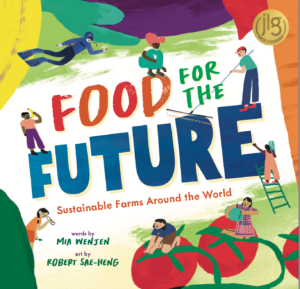
Food for the Future: Sustainable Farms Around the World
- Junior Library Guild Gold selection
- Selected as one of 100 Outstanding Picture Books of 2023 by dPICTUS and featured at the Bologna Children’s Book Fair
- Starred review from School Library Journal
Amazon / Barefoot Books / Signed or Inscribed by Me
 Amazon / Scholastic / Signed or Inscribed by Me
Amazon / Scholastic / Signed or Inscribed by Me
BEST #OWNVOICES CHILDREN’S BOOKS: My Favorite Diversity Books for Kids Ages 1-12 is a book that I created to highlight books written by authors who share the same marginalized identity as the characters in their books.

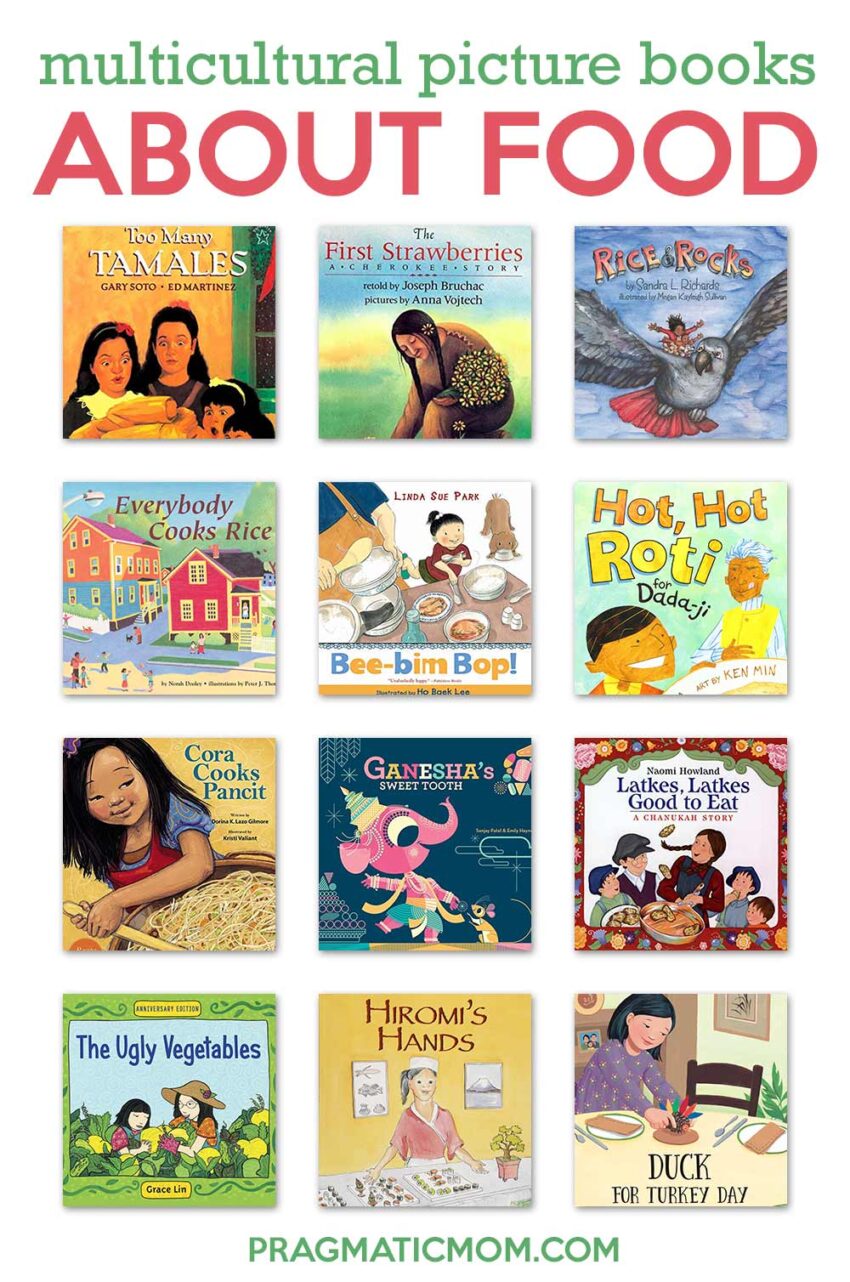
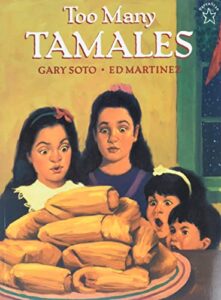
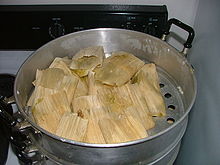
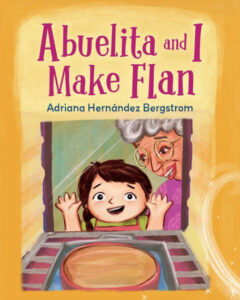
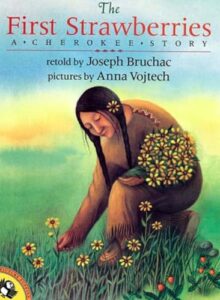
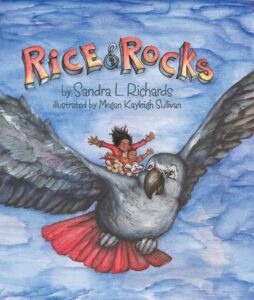
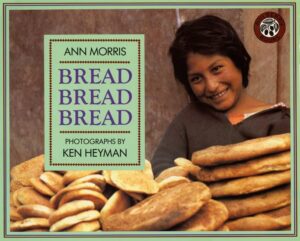
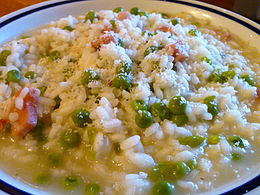
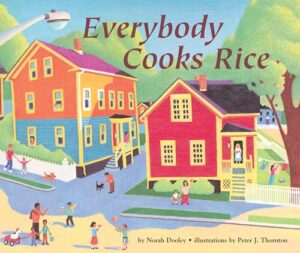
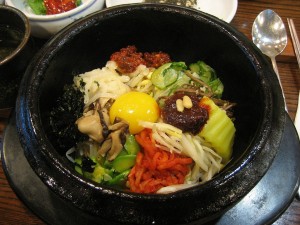
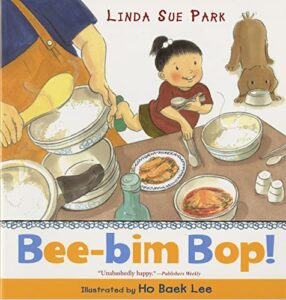
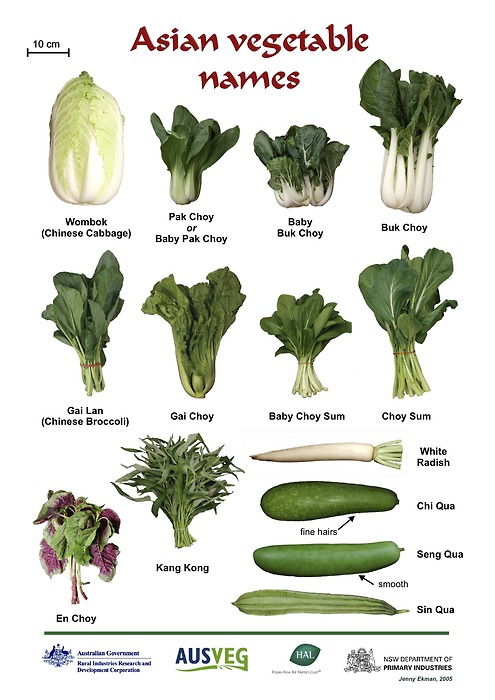
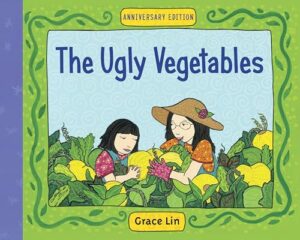
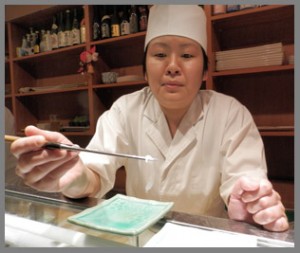
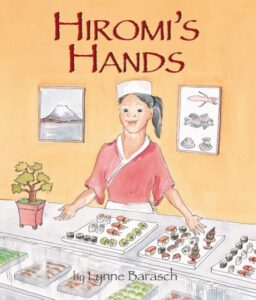
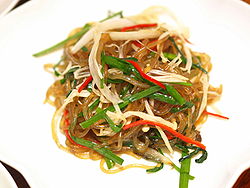
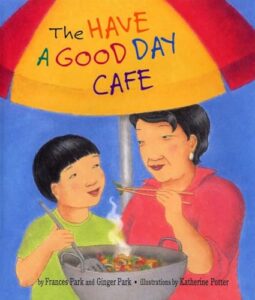
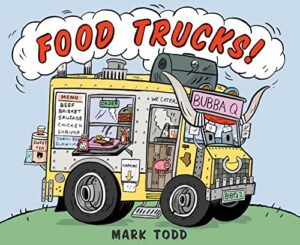
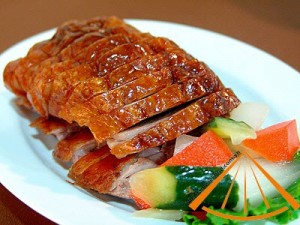
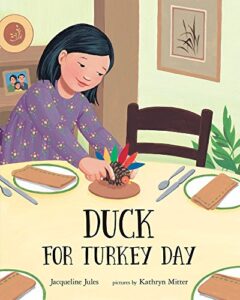
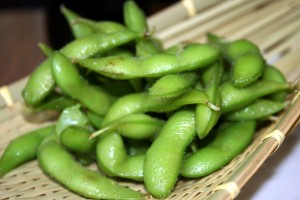
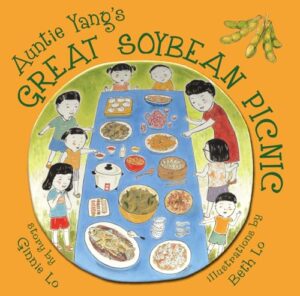
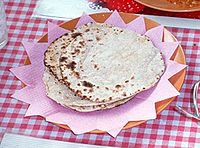
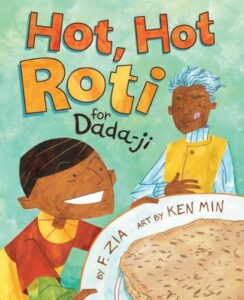
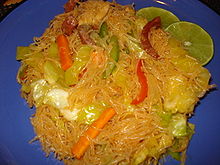
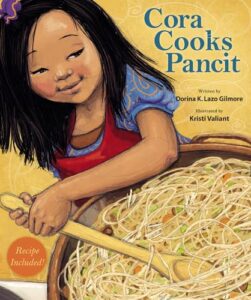
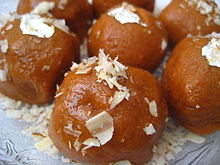
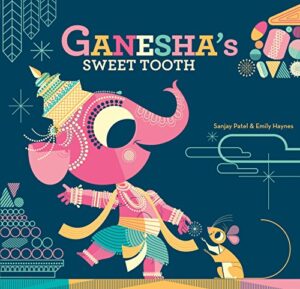
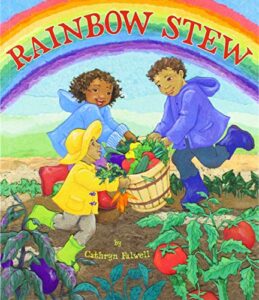
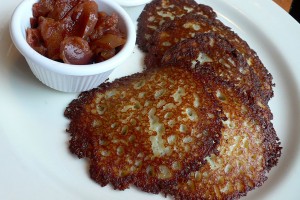
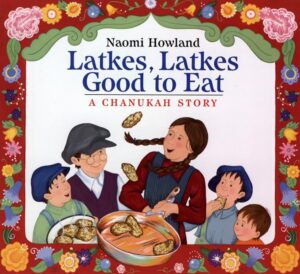
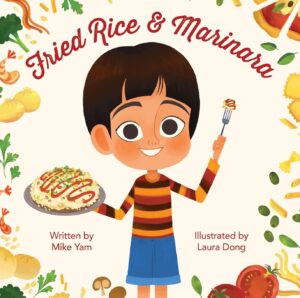
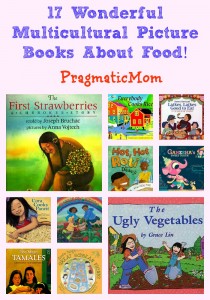
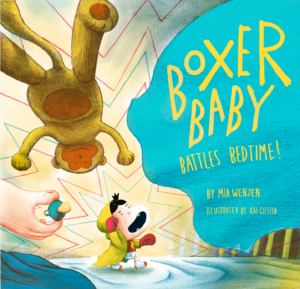

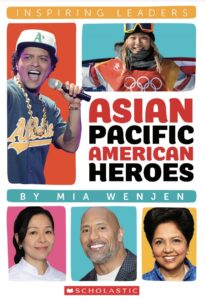

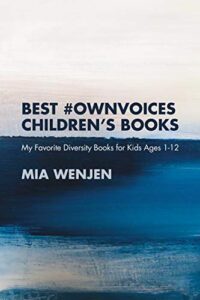

In addition to this delicious list: Jalapeño Bagels. Recipe for Chango Bars and Jalapeño Bagels. Plus Yiddish and Spanish glossaries.
Thanks so much Natasha! Love it!
Thank you for the awesome list!